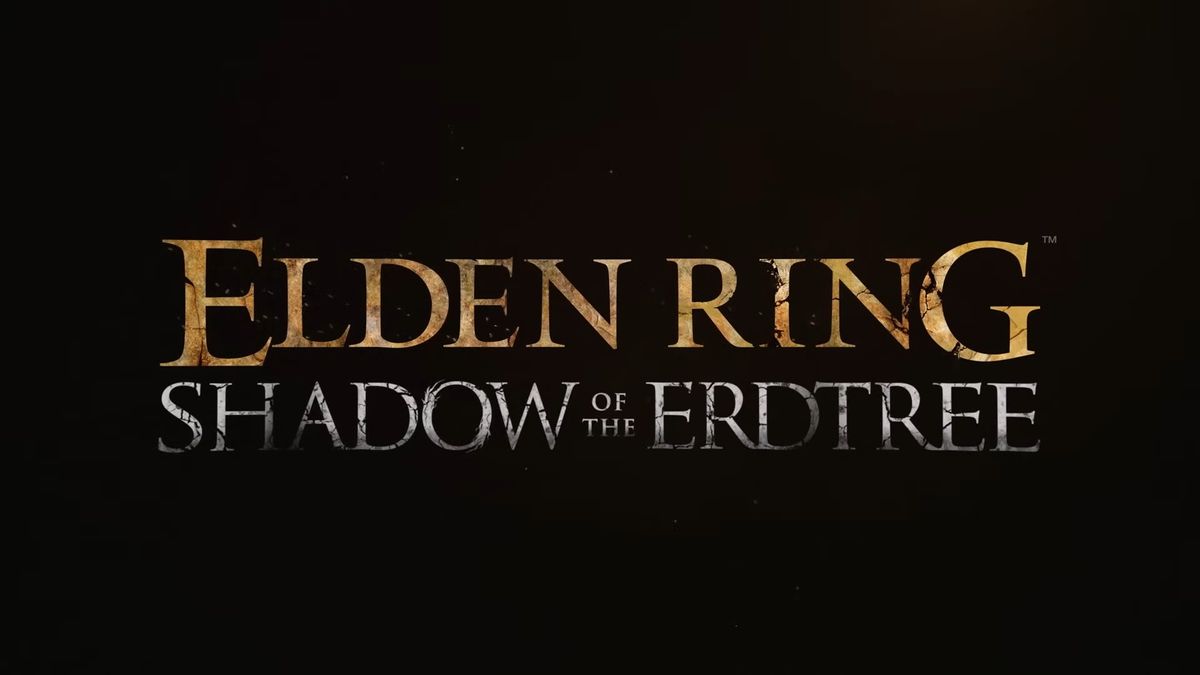Rowe points out that statistics show we have made real progress in preventing cases of dementia over the past two to three decades. “A person’s individual risk of developing dementia at any given age is much less than it was,” he says. “If you’re 70 for example, your chances of having dementia are about 25 per cent less than it was 25 years ago. So we’ve done a lot of risk reduction already.”
Overall there are lots of misconceptions when it comes to dementia. Here are six of the biggest ones:
Myth 1: Dementia is a natural consequence of ageing
While dementia is most common in people over the age of 65, Rowe says it is incorrect to see it as a normal part of the ageing process. Instead, he says that we should view it as a potentially curable age-related disease just like stroke, cancer, heart attacks and blindness.
“For these other diseases, we don’t just roll over and say, ‘Oh it’s just a part of getting old,’” he says. “Instead, we say ‘This is intolerable – we demand treatment.’ There’s this great myth that dementia is just part of normal ageing, but instead we should approach it as a disease, and invest in research as well as funding health services to diagnose, treat and prevent it.”
Myth 2: Dementia and Alzheimer’s are the same thing
Alzheimer’s is the most common form of dementia, but it is only one of many different dementias. In fact, there are more than 200 types of dementia overall, including vascular dementia, frontotemporal dementia and mixed dementia, each of which have their own symptom profile and underlying pathology. Scientists are making progress all the time in understanding the factors which are driving each of these different dementias, which could in future yield new treatments.
“The most prominent myth that I have encountered is some people thinking that all types of dementia are the same,” says Dr Adekunle Bademosi, a Race Against Dementia research fellow who works at the Queensland Brain Institute. “As such, they have trouble understanding that frontotemporal dementia for example, where people initially experience behavioural changes with no associated memory loss, is a type of dementia.”
Myth 3: We’re not making much progress in developing dementia treatments
Treatments have begun to emerge which are capable of slowing down the progression of the disease more effectively than before. Rowe points to drugs such as lecanemab and donanemab which made headlines earlier this year after the results of large clinical trials yielded promising outcomes for patients in the early stages of Alzheimer’s disease. In future, these drugs could form part of a cocktail of therapies used to treat different aspects of a particular dementia in a similar way to the combination therapies given for HIV and different cancers.
“Their effects were modest but real, and I think this is the vanguard of a really radical new way to think about treating and preventing dementia,” says Rowe. “There’s a genuine sense of optimism as a result. For me it’s similar to a disease like multiple sclerosis which was essentially untreatable 30 years ago, but then the first drugs emerged, setting in motion a train of events and now we’ve got very good ways of helping to improve the long-term outcomes.”

Sarah Carter is a health and wellness expert residing in the UK. With a background in healthcare, she offers evidence-based advice on fitness, nutrition, and mental well-being, promoting healthier living for readers.








